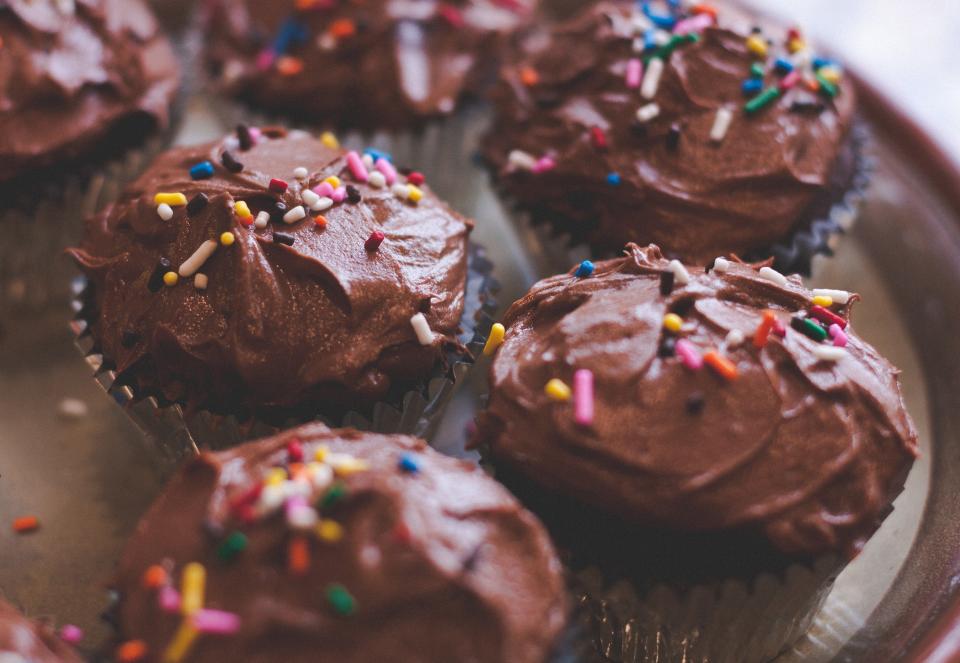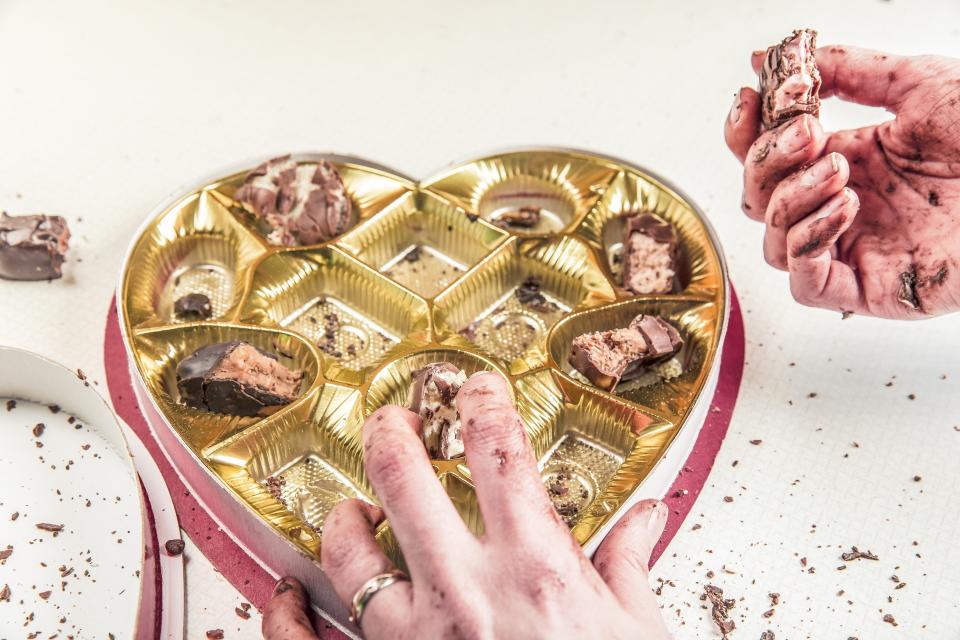Mindfulness could be the key to curbing chocolate cravings

Mindfulness has turned out to be much more than your average wellness trend.
From fighting depression and anxiety to increasing concentration, many people are applying its philosophies to all aspects of life from drinking to walking to help their mental wellbeing.
But it could help us more than just mentally, as a study has found that it could help us curb chocolate cravings too.
Researchers at Flinders University School of Psychology in Australia looked at the “elaborated-intrusion theory of desire”, which they described as the idea that craving is a “two-stage process” in which “initial intrusions about a desired target are subsequently elaborated with mental imagery”.

Because think about it – when you want another triangle of Toblerone, you don’t only imagine how it tastes but how those delicious chocolatey honeycomb pieces look, too.
According to PhD candidate and leader of the research Sophie Schumacher, they tested two groups of women.
One set were of chocolate lovers wanting to cut down, while the other group weren’t as bothered about the treat.

Then the participants were randomly divided up, and asked to try one of two mindfulness techniques – cognitive defusion, or guided imagery.
Cognitive defusion involves distancing oneself from that first stage of the craving when the thought first comes into your head, or as Schumacher suggested, “see it as something which doesn’t necessarily have to be followed by action”.
Guided imagery, meanwhile, tackles the second stage – when you start imagining the smell, taste and texture of chocolate.

When this happens, you replace it with another image such as of a beach or forest.
Overall, the researchers found that across both experiments, cognitive defusion “lowered intrusiveness of thoughts, vividness of imagery and craving intensity,” while guided imagery “reduced chocolate-related thoughts, intrusiveness, vividness and craving intensity” but only for chocolate cravers, and not the less-fussed-about-chocolate group.
“If we tackle the issue when it first pops up in your mind – particularly if you are not hungry – then it’s much easier than waiting for those cravings to gather force,” Schumacher said on the University’s news page.

“Learn to nip off these cravings at the bud – by giving yourself a constructive distraction such as imaging a walk in a forest – can help to lower the intrusiveness of the thoughts and vividness of the imagery.
“We found it was important to target the initial craving thoughts before they become full-blown cravings.”
So if you’re hoping to cut down, she recommends three tips.
One is to become more aware of how your thoughts influence your behaviour, another is to realise that your thoughts such as ‘I need chocolate’ might not be true or don’t need to be acted upon, and the last is that while thinking up different scenes – such as forests and beaches – you should really try to imagine the sight, sound and smell of those places.
Follow us on Instagram and Facebook for non-stop inspiration delivered fresh to your feed, every day. For Twitter updates, follow @YahooStyleUK.
Read more from Yahoo Style UK:
Middle children have this personality trait in common, apparently


